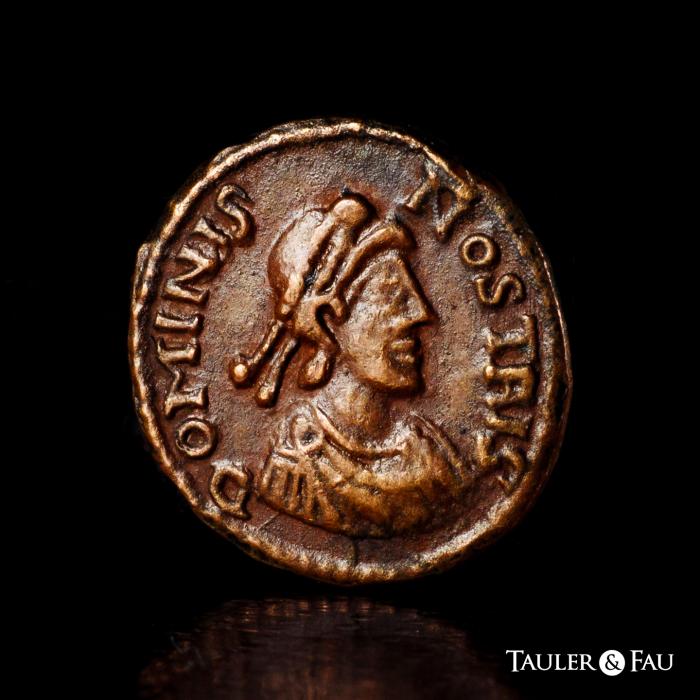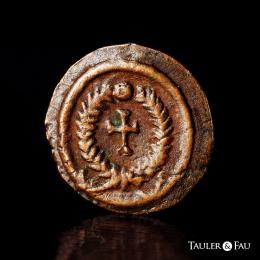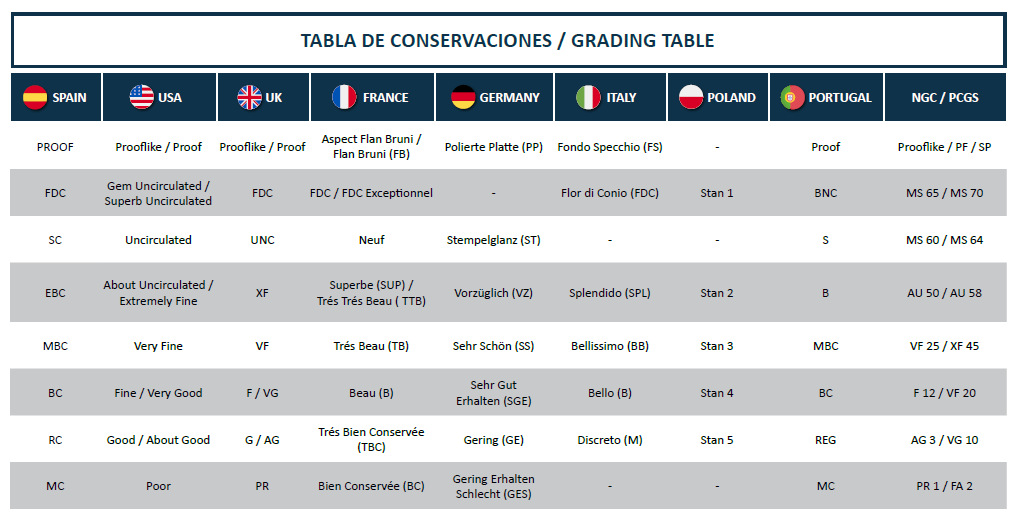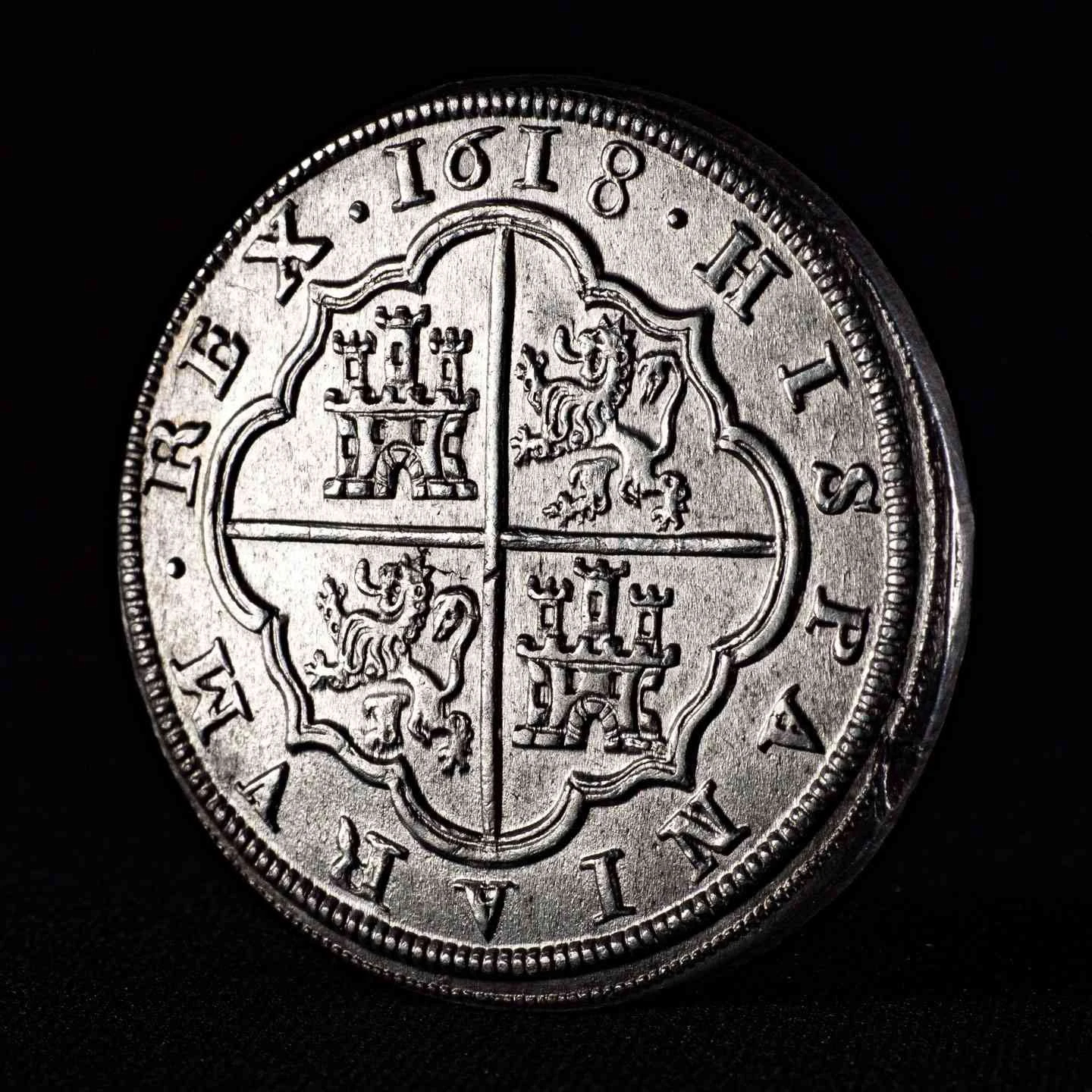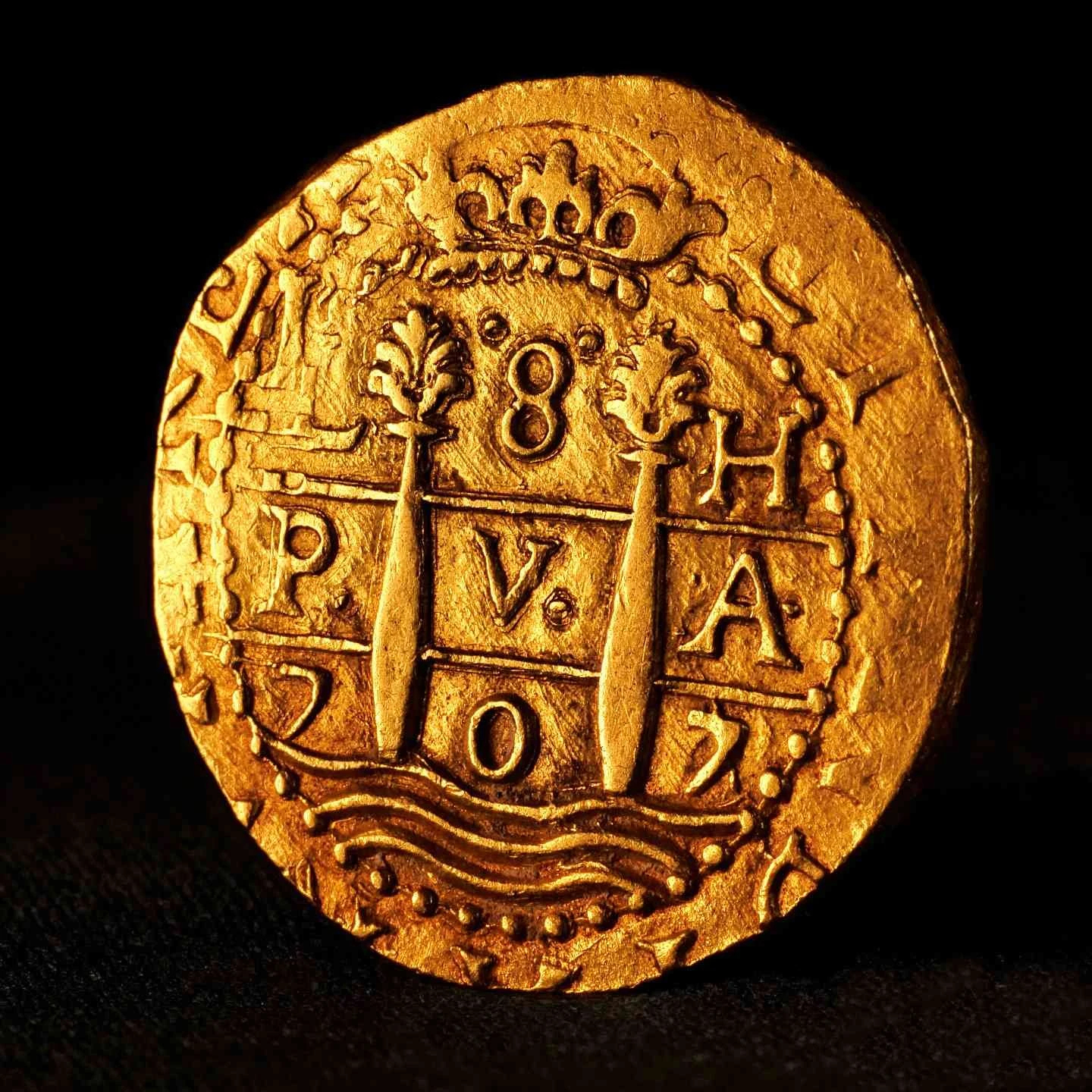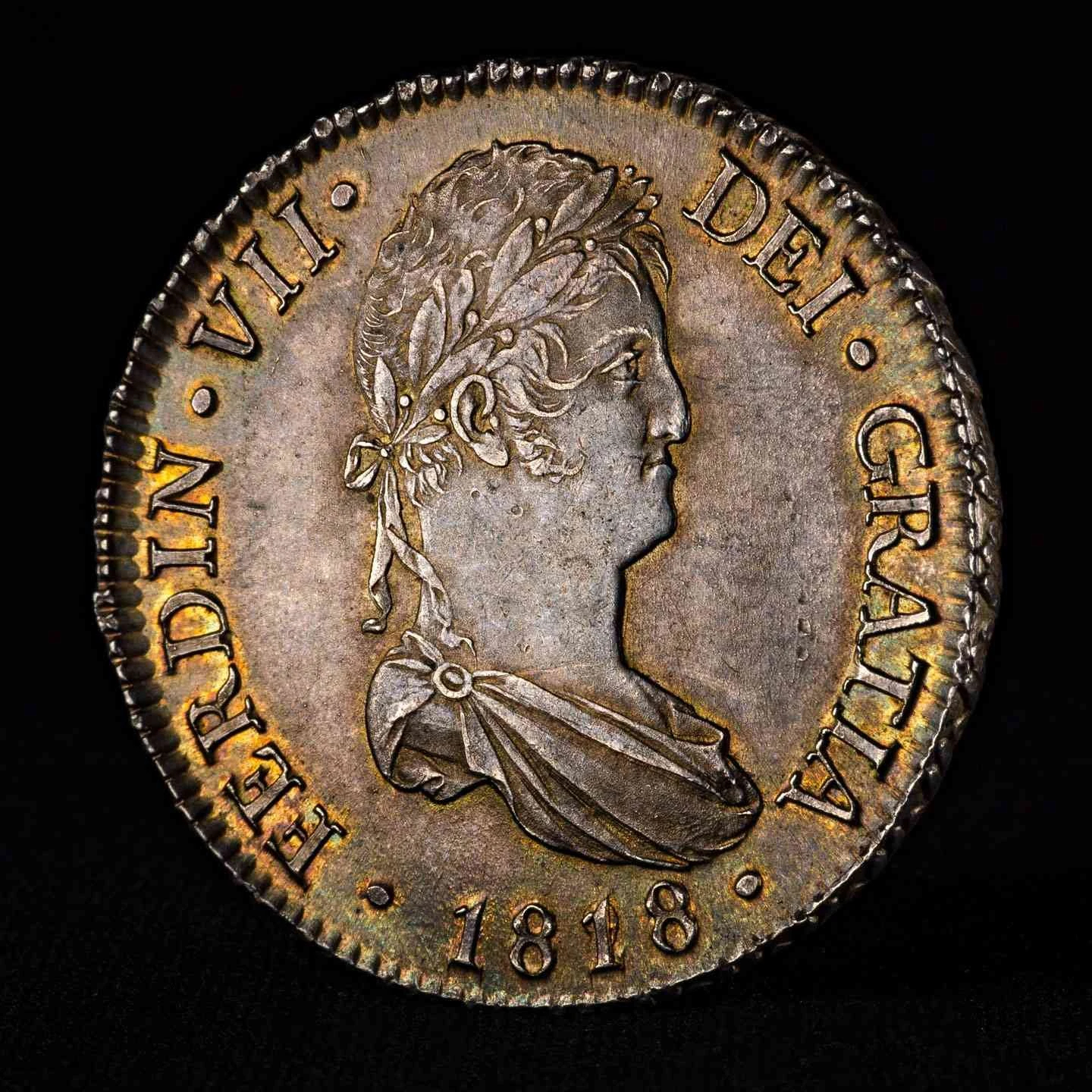Historical Background
Bonifatius was a successful and decorated general in the Western Roman Empire at a time when competent military leadership was desperately needed. Dispatched first to Southern Gaul to confront the Visigoths at Massilia and then to Spain to face the Vandals, Bonifatius was rewarded for these successes by being appointed comes Africae and subsequently reassigned to Roman North Africa. The death of the Western Emperor Honorius in AD 423, however, forced Bonifatius to make a choice, support the successful western rebel emperor Johannes, or face isolation in the West and hope for the Eastern government to prevail in the long term against the entrenched usurper. Bonifatius elected to pursue the latter of the two strategies despite the leaders of the other Western provinces choosing to acknowledge Johannes. Bonifatius, however, had one advantage in choosing to stand against Rome––he controlled African grain shipments to Italy. As such, Bonifatius suspended deliveries to the rebel Johannes and made his allegiance to the government in Constantinople clear.
After a year and a half, the eastern forces led by the patrician and magister militum Aspar successfully overthrew Johannes and Honorius' nephew was installed as Western Emperor Valentinian III.
Concurrently, one of Johannes' kuropalates, Flavius Aëtius, sued for peace with Galla Placidia, Valentinian's mother, and was brought into the official military structure as comes et magister militum of Gaul. Aëtius would ultimately serve as a foil to Bonifatius. The rivalry between Aëtius and Bonifatius developed until Aëtius convinced Galla Placidia that Bonifatius was disloyal. Bonifatius resfused to answer summons and face potential execution for treason and instead allied with his once-enemies, the Vandals. Bonifatius reportedly encouraged King Genseric to migrate his forces to Bonifatius' sphere of influence in North Africa and serve him as mercenaries. However, relations were soon restored between Bonifatius and the government and he informed the Vandals that they should relocate from North Africa back to Spain. Infuriated, the Vandals warred against Bonifatius and besigned him at the provincial capital and home of Saint Augustine, Hippo Regius. During the siege the celebrated bishop died. Bonifatius and a large portion of the city's Roman populace abandoned the city to the Vandals and escaped to Italy. The city was laid to waste by the Vandals though they notably spared Augustine's cathedral and library. The Vandals subsequently held North Africa for the next century.
In Italy, the rivalry between Bonifatius and Aëtius spilled out into open war. The two forces met at Rimini in AD 432. Bonifatius was victorious and Aëtius fled and sought refuge with the Huns in Pannonia. However, Bonifatius was mortally wounded in the battle and perished, ending his colorful career.
These rare coins usually feature either the legend Domino Nostro or Dominis Nostris. As such, they can be divided into two series, the first stuck during Johannes' usurpation demonstrating Bonifatius' fealty to Eastern Emperor Theodosius II, and the second acknowledging both Theodosius and Valentinian. This coin belongs to the second period tentatively dated from the acclamation of Valentinian III in AD 425 to before the siege of Hippo Regius in AD 430.

